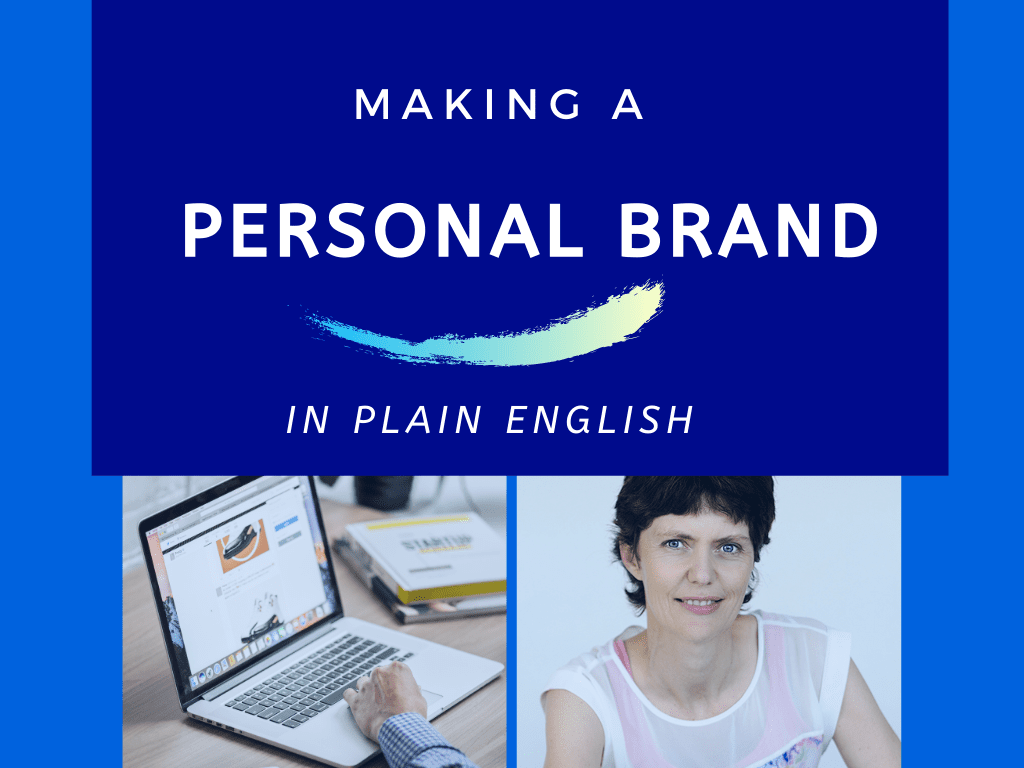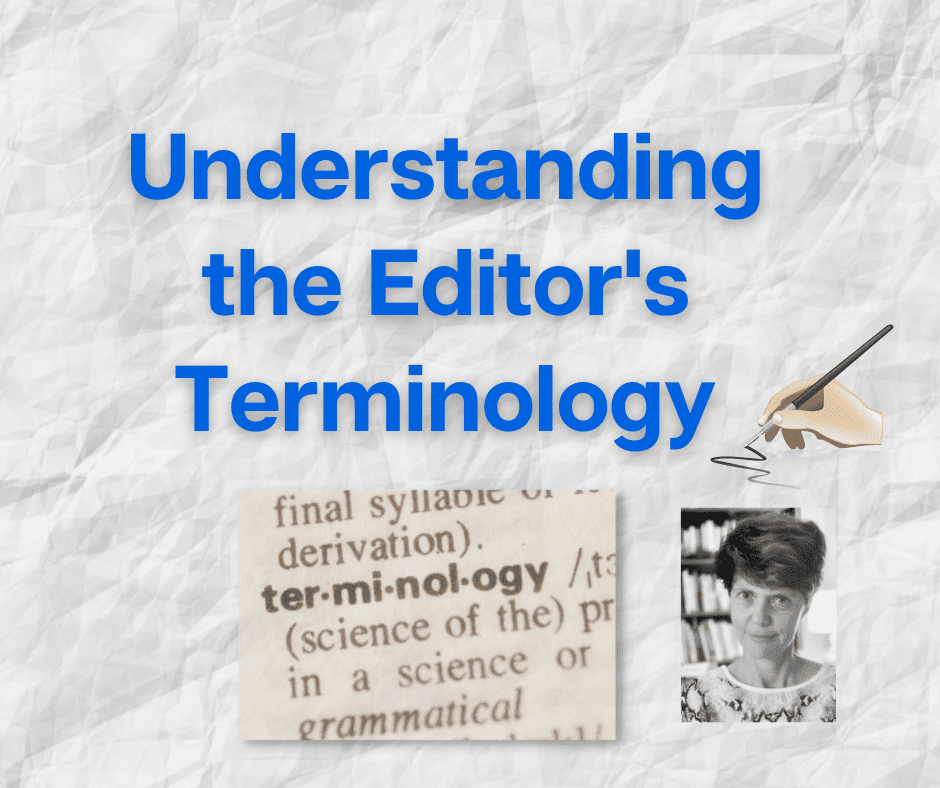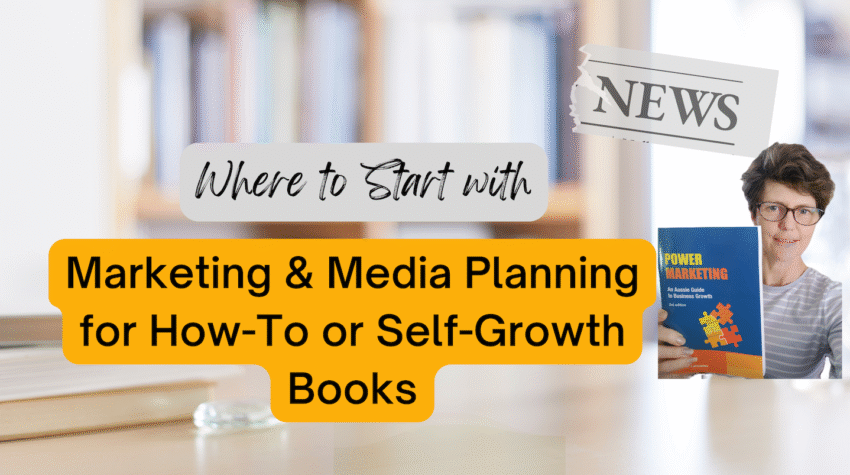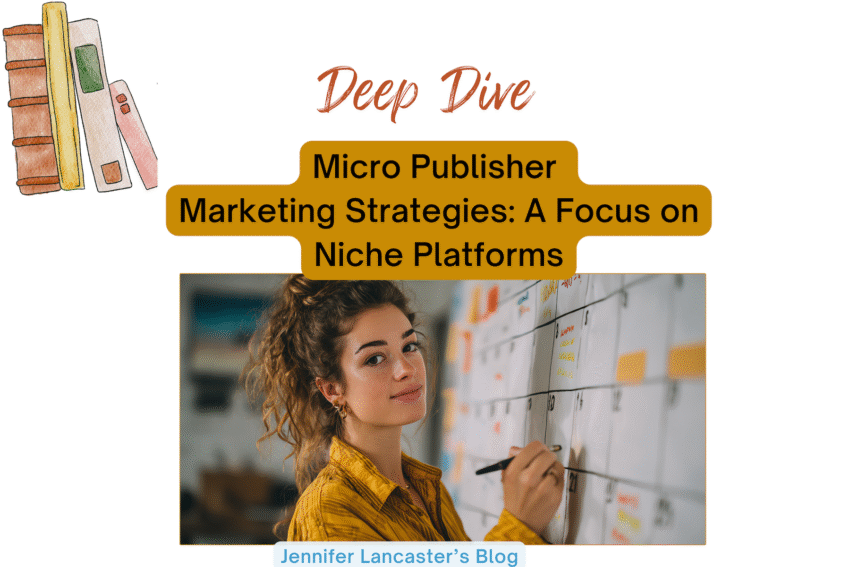Do you ever get the feeling people aren’t quite getting you? Recently I thought while editing my videos that people may not understand me and my editors’ terminology. So here I’m going to explain the editorial terms I often say, some Jenacisms… and touch on what platform and branding is about.
When I speak about typesetting, I don’t mean physically setting the type, but it is a word to mean ‘formatting and layout of a book’, and these have rules. Designing the book means use of creativity and choosing two typefaces that complement each other and create a mood for the book.
When I speak about InDesign, I don’t mean designing in something, I mean the page layout program from Adobe. I am a fan, even though it is a very intense program.
Artwork is not the design, it is the creation of specific art of book and cover (PDFs) that will upload to the printer. Lots of rules around this one.
When I talk about brand, I’m not assuming you are the company’s designer. I am talking about the way your book, website, and personal presence relays your approach, your style, your mood. (See my new free video course on Author Branding for more info).
If I mention platform or online presence, it’s usually understood these days, but let’s discuss. In the world of traditional publishing, you must have a well-followed platform because you won’t sell books if not. (It could be TV presenting, not necessarily only online).
In self-publishing or assisted publishing, then guess what? It’s even more important you set up your online presence and public talks well, because if you don’t, the money spent on creating your book (not to mention all that time) goes a wee bit to waste. Only your friends & family network will see it. Which was me in 1996, 2006, 2008. To be fair, there was barely an Internet in 1996.
(When you want change, you’ve got to feel discomfort first, so it’s wise to also think about this pessimistic universe where you don’t succeed. But don’t dwell on it).
However, what about creating change for others?

Be the Personal Brand (and Change) You Want to See
If you want to see change in a field, then you must be willing to stand out there on the cliff-edge and say things as you see them. To be enthusiastic and lit up by your subject. I think this is all part of your personal brand.
Seth Godin is an author, entrepreneur, marketer and public speaker who has a net worth of $50 million. He builds on his successes and has not taken his foot off the continual publishing pedal since Permission Marketing in 1999, though he first started in publishing in 1994. Mr Godin has a knack for explaining a change in trends or a simple concept, with a fantastic hook. Seth Godin’s Book Listing. He’s not sitting about, waiting for permission to speak or write a book.
More Editors’ Terminology I Use
Em dash. These are long dashes which often describe a side issue (a clause inside the sentence). A comma in parallel can work well but is not as cut and dried as the em dash. Microsoft Word will magically make an em dash when you use — (two hyphens) then type a space. Try it!
No ‘I believe‘. When I write comments at the side of an author’s work, I try to be mindful of feelings, but sometimes it’s lack of time that causes bluntness. So when I said, “we know you believe it, you’re writing the book”, it sounded terrible. I felt very bad for this, until a past author pointed out that it might have stung a bit but it’s true. Sometimes “I believe” can be just fine and sometimes it takes away the power of making a statement, so use judiciously.
It’s only a first draft. I say this because most authors think their first draft is absolutely awful and self-judge their skills. They are comparing this first attempt to polished books which have been re-written and edited two or three times. Everyone gets better. I did not start off very good at writing as I didn’t have the methodology and practice.
Don’t use clichés. What I mean by this is, don’t use tired, worn out cliches. Instead use originals (which are similes) or hybrid cliches, which is what I did with ‘foot off the publishing pedal’ before. (‘Hybrid cliche’ is something I made up as I don’t have a term for it).
If you find any more editors’ terms you don’t understand, please do comment here below.









